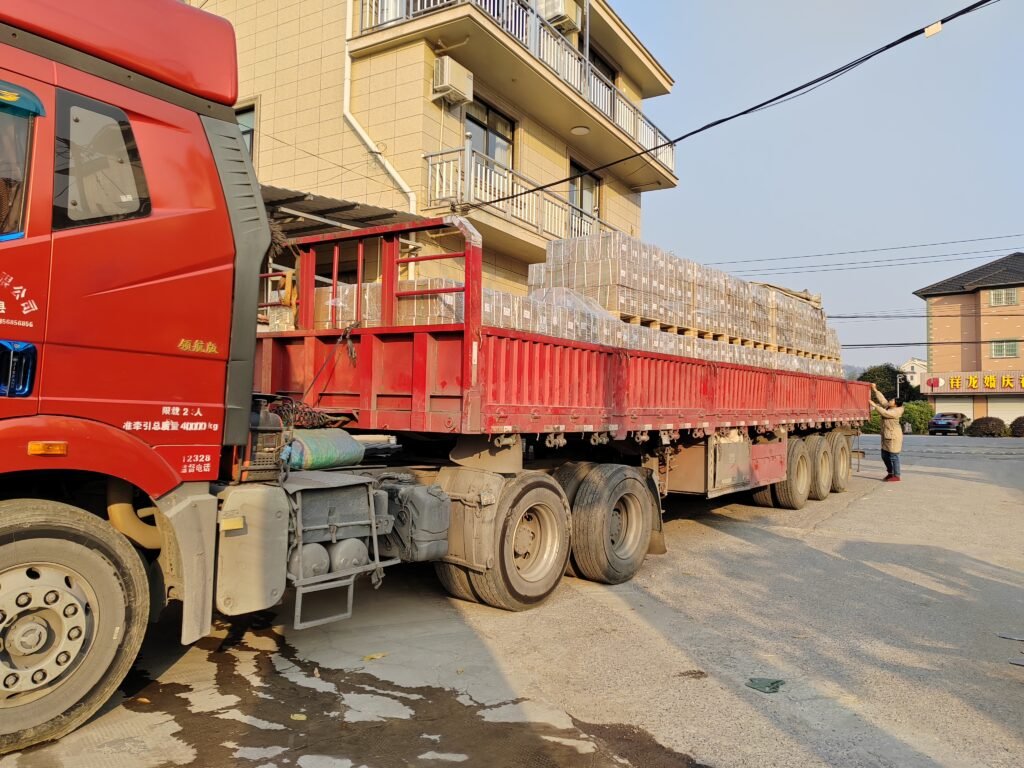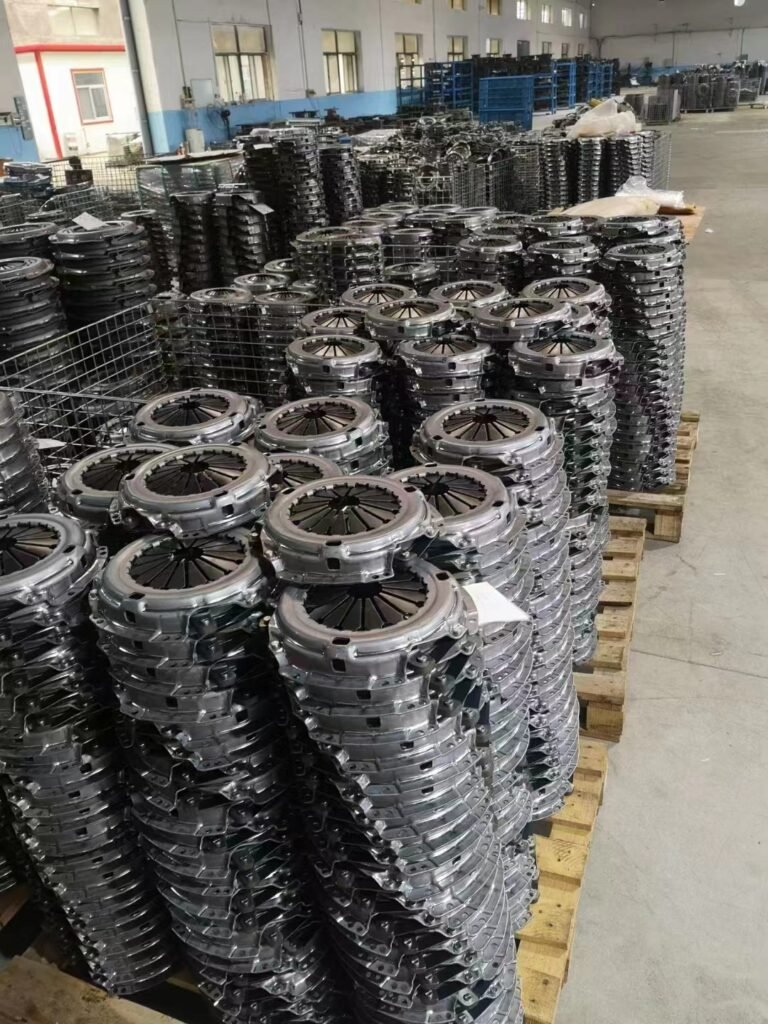When a foreign customer said that the goods must arrive at his designated warehouse within 15 days, what was I thinking?
Last week, a German customer suddenly called me urgently: “The warehouse is out of stock! This batch of brake pads is to save the repair shop in Munich, and it must be on the shelf within 15 days!” After hanging up the phone, I immediately activated the “urgent order radar” – in the auto parts industry, urgent goods = time for money, and a wrong step will result in a bad review + liquidated damages.
Let me first tell you a bitter lesson: I sent a batch of clutches before, thinking that the most expensive courier would be fine, but I didn’t confirm in advance the German customs’ additional testing requirements for automotive safety parts. The goods were detained in Frankfurt for two days, and the customer almost cancelled the subsequent order. So now my first reaction is always: make a list! Check the standards! Lock the channel!
what does that mean?
It only takes 15 days from order confirmation to delivery to destination.
When sending urgent auto parts overseas, daily operations must take into account efficiency and compliance. The following are the key points:
- Confirm the needs in advance: finalize with overseas customers the specific models (OEM numbers of accessories or sizes and pictures of accessories), quantities, product typing, inner and outer box packaging requirements (neutral packaging or color packaging), and whether there is certification (such as EU ECE, US DOT, etc.) of the required truck parts such as clutch covers, clutch plates, and slack adjuster (brake adjuster) (manual slack adjuster and automatic slack adjuster) , to avoid delays in customs clearance due to non-compliance with specifications.
- Choose the mode of transportation: sea transportation: 55 days, railway: 35 days, truck transportation: 25 days, air transportation: 15 days. For urgent goods, international express (DHL, UPS, etc.) or air transportation is preferred. Express transportation is suitable for small quantities, and air transportation is suitable for large quantities but requires advance booking. For example, if it is sent to Germany, air transportation plus customs clearance takes about 15 days.
- Prepare customs clearance documents: invoices, packing lists, bills of lading (airway bills) must be accurate. If brand accessories are involved, a brand authorization letter may be required; some countries also require certificates of origin (such as FORM E) to reduce tariffs.
- Packaging and labeling: Truck parts such as clutches and slack adjuster are made of metal, and are packed in cartons inside and outside, and woven bags outside. They are then shipped on pallets and wrapped with a layer of film. The outer box is marked with “heavy objects” and “do not remove the pallet”, and affixed with marks (customer company name, order number, etc.) to facilitate overseas distribution.
- Tracking and communication: After delivery, the customer is given the logistics order number in time, and the status is tracked through the express official website or airline system. If there are flight delays or customs clearance problems, coordinate with the freight forwarder or logistics company as soon as possible, and inform the customer of the progress at the same time to avoid anxiety.
- After-sales follow-up: After the arrival of the goods, confirm whether the customer has received it, whether there is any damage or shortage, especially urgent goods may be used in maintenance scenarios. Timely problem solving can enhance trust and pave the way for subsequent orders.
- In addition, pay attention to the customs policies of the destination country. For example, the United States has stricter safety standards for auto parts, and Germany may require a VAT tax number. Confirm with the freight forwarder in advance to reduce the risk of delays~



This boss is very professional and experienced.